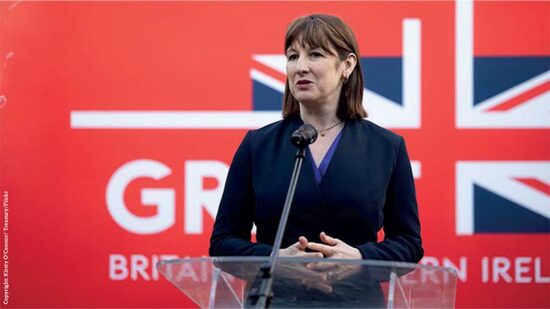In its latest ‘UK Portfolio Barometer’ Natixis reported that alternatives funds are primarily held in conservative and moderate portfolios, with 25% and 16% of average allocations respectively, and allocations to aggressive portfolios are ‘surprisingly’ only 6%.
The analysis was carried out by a Natixis in-house team, which reviewed 177 model risk-rated portfolios across 59 firms in the months July to September 2015.
Despite providing ‘an excellent diversification opportunity’ advisers are reluctant to use alternatives, which is a ‘missed opportunity’, Natixis said.
Natixis said it believes fund managers need to do more to help advisers and clients understand the benefits of allocating to alternatives in portfolios.
“From a diversification perspective, adding alternatives to a portfolio makes a huge amount of sense,” said Matthew Riley, head of research. “However, advisers should investigate alternative funds carefully when making selections – often those easiest to understand offer the least benefits.”
“Most are choosing multi-alternative funds as their main non-property alternative vehicles when in fact they are in fact the most correlated of all alternative fund types to the wider portfolio,” he added. “Some do offer excellent diversification, however, so careful research and selection is key. We think that advisers should consider all alternatives at their disposal, as there are some compelling arguments from a diversification perspective.”
Another allocation trend flagged by the asset management firm was a tendency among advisers to cut fixed income allocations in conservative and moderate risk portfolios amid continuing uncertainty over the timing of rate rises.
“It is no surprise that investors are feeling unsure what to do with fixed income at the moment, said James Beaumont, head of the portfolio research & consulting group at Natixis. “The continuing uncertainty emanating from various central banks around rate rises has led many advisers to move the money elsewhere. The majority of the money taken out of pure fixed income funds over the past quarter has now been invested in cautious allocation funds. Despite being unconstrained, these funds are still heavily weighted towards bonds, so the reallocation may simply be a case of advisers looking for help from a third party in managing duration risk ahead of any rate rises,” Beaumont added.








